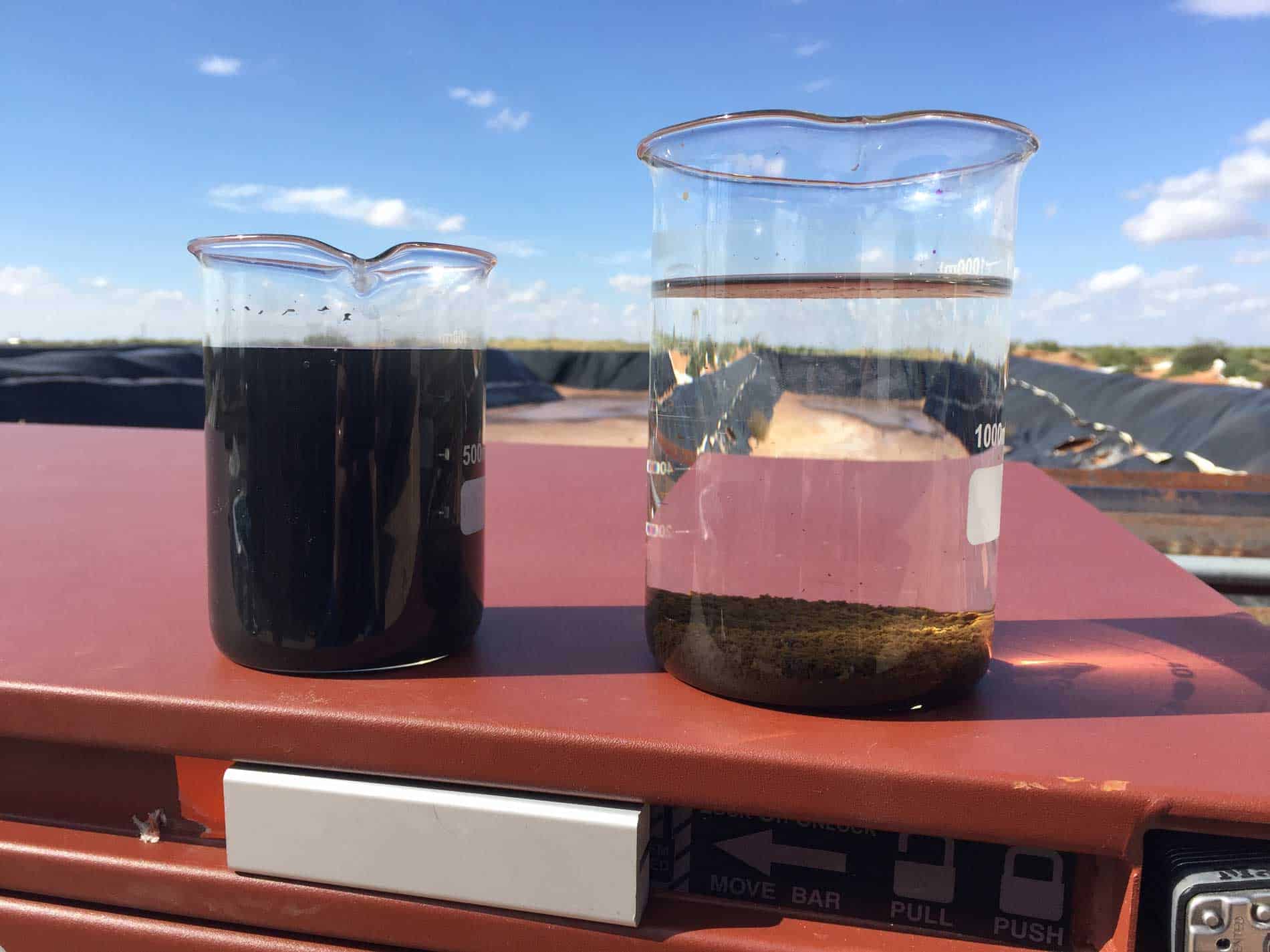DIN 38406 Iron and Manganese in Produced Water Test
The DIN 38406 standard provides a precise methodology to determine the iron (Fe) and manganese (Mn) content in produced water from oil and gas operations. This test is critical for ensuring compliance with environmental regulations, optimizing water management practices, and maintaining the integrity of downstream processes.
Produced water accounts for a significant volume of wastewater generated during oil and gas extraction. It contains various dissolved solids including iron and manganese, which can be detrimental to pipeline transportation, storage facilities, and refining processes if not controlled properly. Iron and manganese, when in excess, cause corrosion and fouling, leading to increased operational costs and potential safety hazards.
The DIN 38406 test is typically performed using a combination of chemical precipitation methods followed by gravimetric or colorimetric analysis. The procedure involves the following steps:
- Collection of produced water sample
- Dilution to appropriate concentration for accurate measurement
- Precipitation of iron and manganese ions with suitable reagents (such as potassium permanganate)
- Filtration and drying of precipitates
- Weighing the dried precipitates to determine mass
- Calculation of iron and manganese content based on the weight measurements
The accuracy and precision of this method are ensured by careful sample preparation, standardization of reagents, and adherence to the prescribed procedure. This test helps in identifying potential issues early in the production cycle, allowing for corrective actions to be taken promptly.
Compliance with environmental regulations such as those set forth by the European Union's Waste Framework Directive (2008/98/EC) is a key driver for conducting this test. The directive aims at minimizing the negative impacts of produced water on aquatic ecosystems and human health.
The results of DIN 38406 testing are crucial for quality managers, compliance officers, R&D engineers, and procurement teams as they provide critical data to inform decisions regarding water treatment processes, waste management strategies, and operational adjustments. By understanding the levels of iron and manganese in produced water, these professionals can optimize their operations to meet regulatory requirements while minimizing environmental impact.
Scope and Methodology
| Step | Description |
|---|---|
| Sample Collection | Produced water samples must be collected in airtight containers to prevent contamination from atmospheric gases. |
| Dilution | If the concentration of iron or manganese is too high, dilution with distilled water ensures accurate measurement. |
| Precipitation | Reagents are added to induce precipitation of iron and manganese ions. This step is crucial for separating these elements from other components in the sample. |
| Filtration and Drying | The precipitated material is filtered, dried at a controlled temperature (103 ± 2°C), and weighed to obtain mass readings. |
| Calculation | The iron and manganese content is calculated based on the weight of the precipitates. |
This detailed methodology ensures reliable results that are essential for effective water management in oil and gas operations. Compliance with DIN 38406 not only supports regulatory adherence but also enhances operational efficiency by providing actionable insights into water quality parameters.
Industry Applications
The DIN 38406 test finds extensive application across various segments of the oil and gas industry. Quality managers use this data to ensure that produced water meets internal standards as well as external regulations, thereby safeguarding their reputation for environmental responsibility.
Compliance officers rely on these tests to substantiate compliance with legal requirements, avoiding potential fines and sanctions. R&D engineers leverage DIN 38406 results to innovate more sustainable treatment technologies aimed at reducing iron and manganese levels in produced water.
Procurement teams benefit from this information when selecting suppliers for water treatment chemicals or equipment, ensuring that they adhere to the highest quality standards.
In summary, the DIN 38406 test is integral to maintaining environmental responsibility and operational efficiency within the oil and gas sector. By providing accurate iron and manganese content measurements in produced water, it supports critical decision-making processes across multiple functional areas of an organization.
Why Choose This Test
- Precise measurement of iron and manganese levels in produced water
- Compliance with international standards like DIN 38406
- Support for regulatory requirements such as EU Waste Framework Directive
- Enhanced operational efficiency through informed decision-making
- Improved environmental performance by identifying potential contamination sources early
- Promotion of sustainable water management practices within the industry
- Achievement of higher quality standards in produced water treatment processes
- Accurate data for R&D and innovation initiatives targeting more efficient water treatment solutions
The DIN 38406 test is a cornerstone for ensuring that produced water from oil and gas operations meets the highest environmental and operational standards. Its reliability and precision make it an indispensable tool in the industry.





